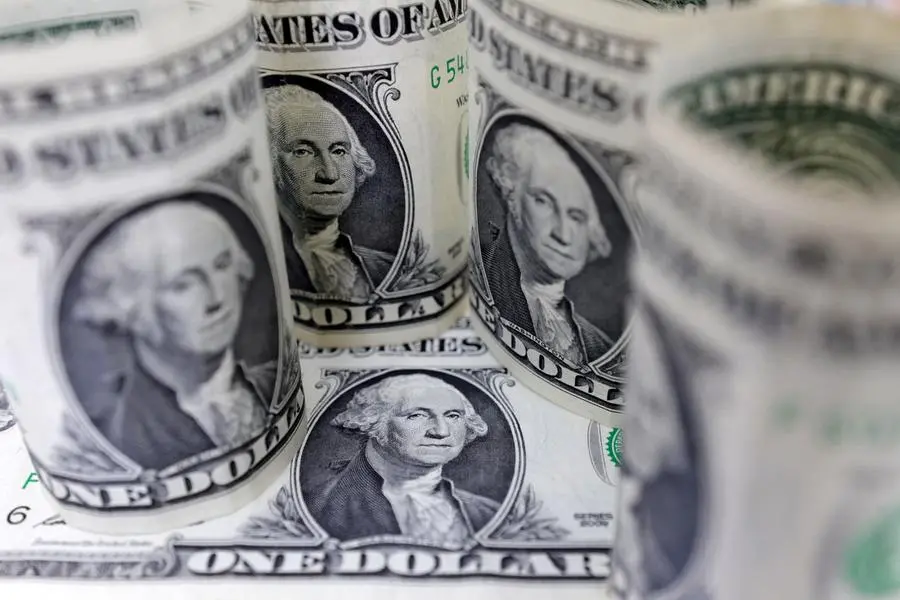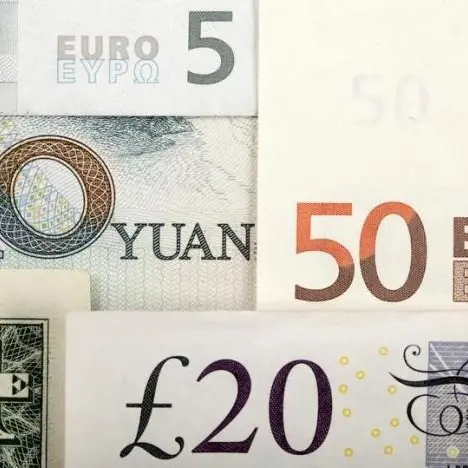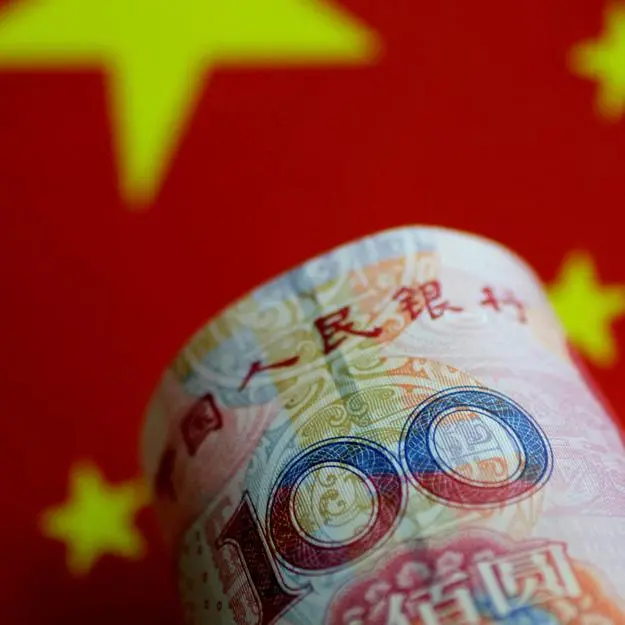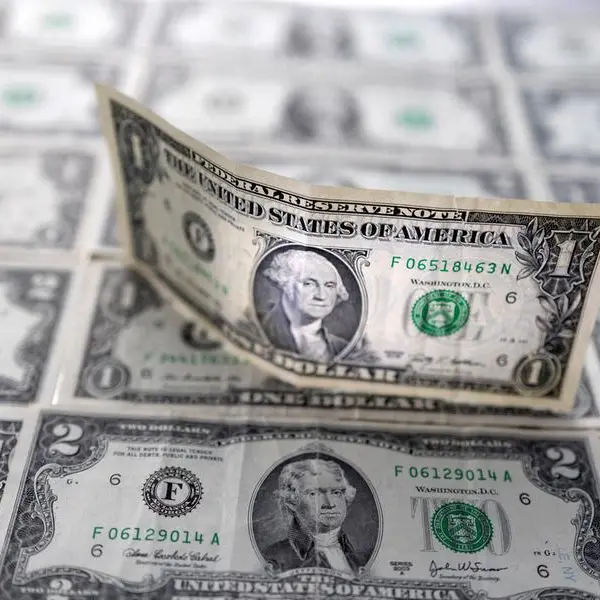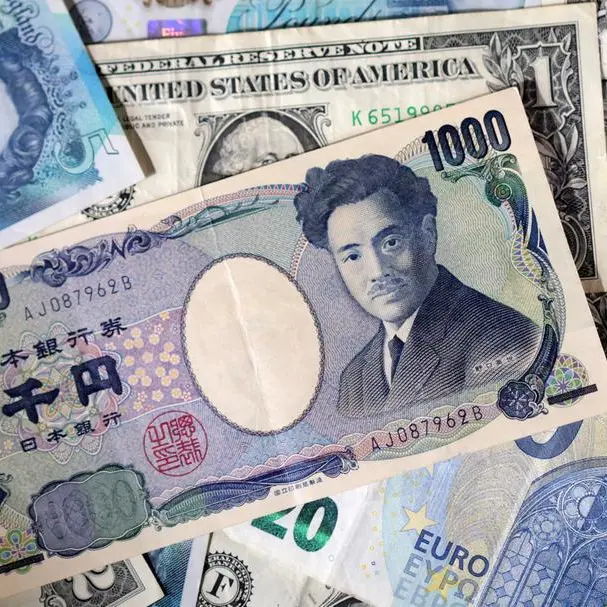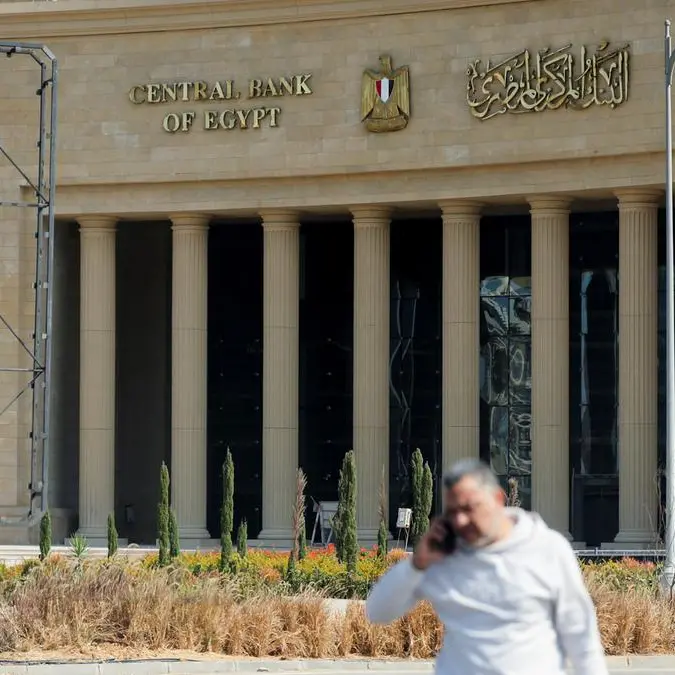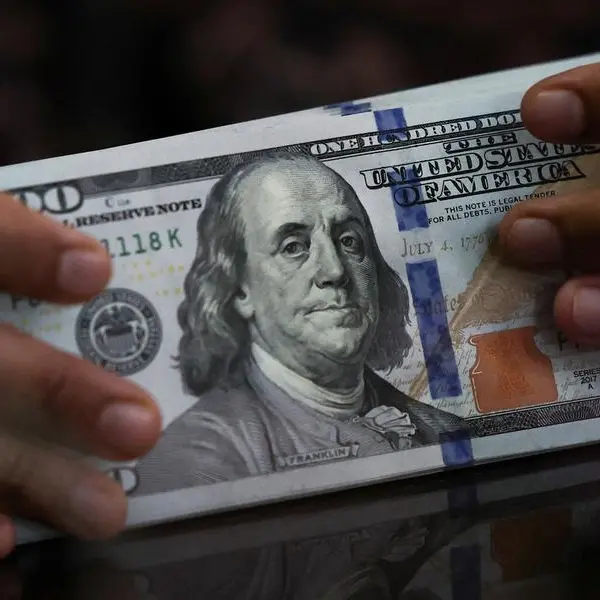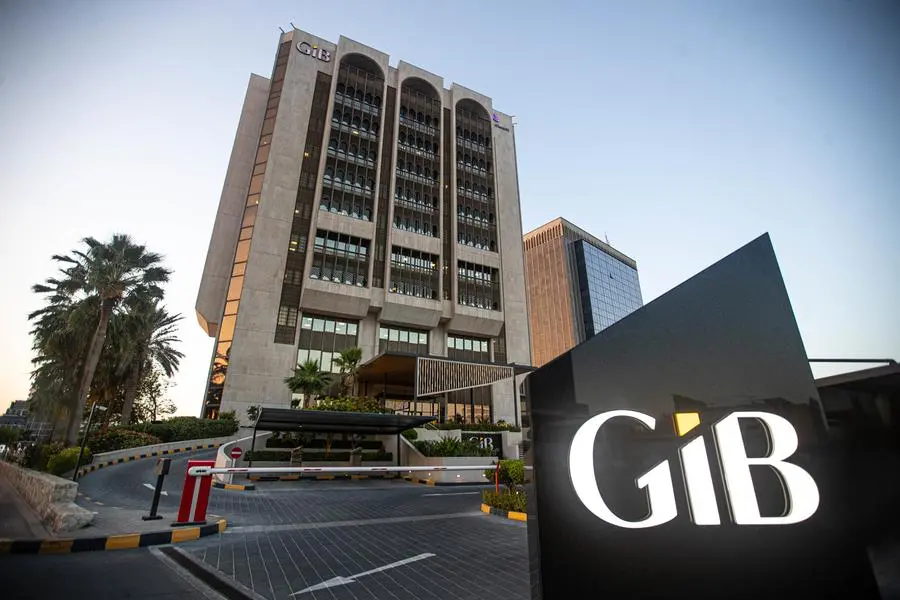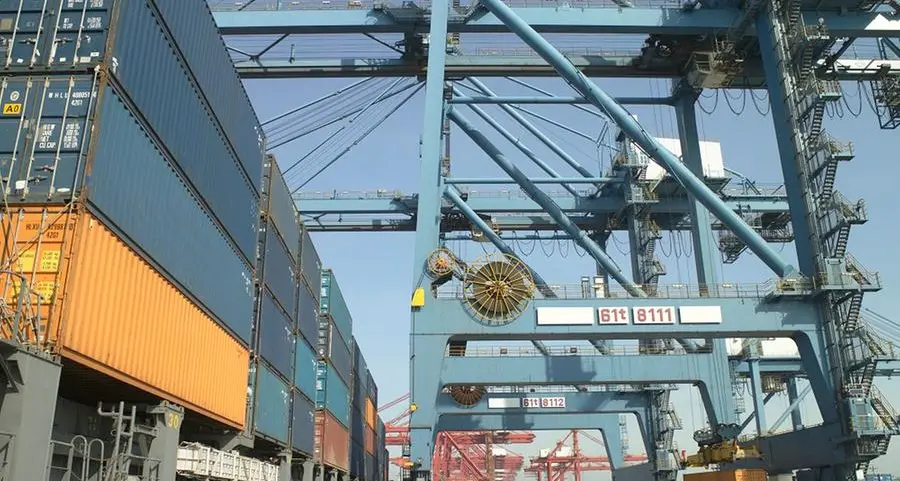PHOTO
The U.S. dollar wavered against most major currencies on Wednesday, as fighting between Israel and Iran left investors nervous ahead of a keenly awaited Federal Reserve decision on interest rates later in the day.
Israel has pounded Iran over the past six days to halt its nuclear activity and has asserted the need for a change of government in the Islamic Republic.
The U.S. military is also bolstering its presence in the region, Reuters reported, sparking speculation of U.S. intervention that investors fear could widen the conflict in an area replete with energy resources, supply chains and infrastructure.
Against this backdrop, the dollar has found support as a safe haven, firming roughly 1% against the Japanese yen, Swiss franc and euro since Thursday and helping it to shave declines from earlier in the year.
The greenback had lost more than 8% so far this year due to eroding confidence in the U.S. economy due to President Donald Trump's trade policies.
"The dollar is still a safe haven because of its depth and liquidity, so, yes the structural forces are diluting the dollar safe-haven activities, but they're not eroding them completely," said currency strategist Rodrigo Catril at National Australia Bank.
"But in a scenario of big risk aversion, the dollar will still gain support but maybe not to the same extent it has managed in the past."
The dollar wavered between small gains and losses against the yen and had touched a one-week top in early Asia trading hours. The greenback was last down 0.2% and fetched 144.90 yen.
The Swiss franc was flat at 0.816 per dollar and the euro edged up 0.2% at $1.150.
A broader index tracking the greenback against six other currencies slipped 0.1% after a 0.6% jump in the previous trading session.
An increase in crude oil prices to about $75 a barrel has also weighed on the euro and yen given the European Union and Japan are primarily net crude importers as opposed to the U.S., which is a net exporter.
Investors' next point of focus is the Fed, which is set to decide whether to change its interest rates.
Recent data showed the U.S. economy was slowing as Trump's erratic policymaking style increased uncertainty. Higher crude prices due to conflict in the Middle East are also complicating the Fed's task.
Traders expect the central bank to leave borrowing costs unchanged and will be keen to hear the Fed's outlook for interest rates this year and the overall health of the economy.
"The labour market is definitely their key attention," said Thomas Poullaouec, head of multi-asset solutions APAC at T. Rowe Price.
"If we see an acceleration of people being fired, that would be (reflected in) weekly jobless claims and that could trigger the threat to reassess. But I would still expect inflation to be more on their radar and the labour market to remain resilient in the short term."
A weekly report on jobless claims is expected later in the day out of the U.S., while on the policy front, central bank decisions are also due from Switzerland, Norway and Sweden later in the week.
In Britain, sterling firmed 0.26% to $1.346 as markets assessed data that showed inflation cooled as expected to an annual rate of 3.4% in May, ahead of the Bank of England's policy verdict on Thursday.
An area of frustration for investors was a Group of Seven meeting in Canada yielding little on the tariff front, ahead of Trump's early July deadline for additional levies.
Trump said Japan was being "tough" in trade talks and the European Union had not yet offered what he considered a fair deal. (Reporting by Johann M Cherian in Bengaluru; Editing by Christopher Cushing and Jamie Freed)
